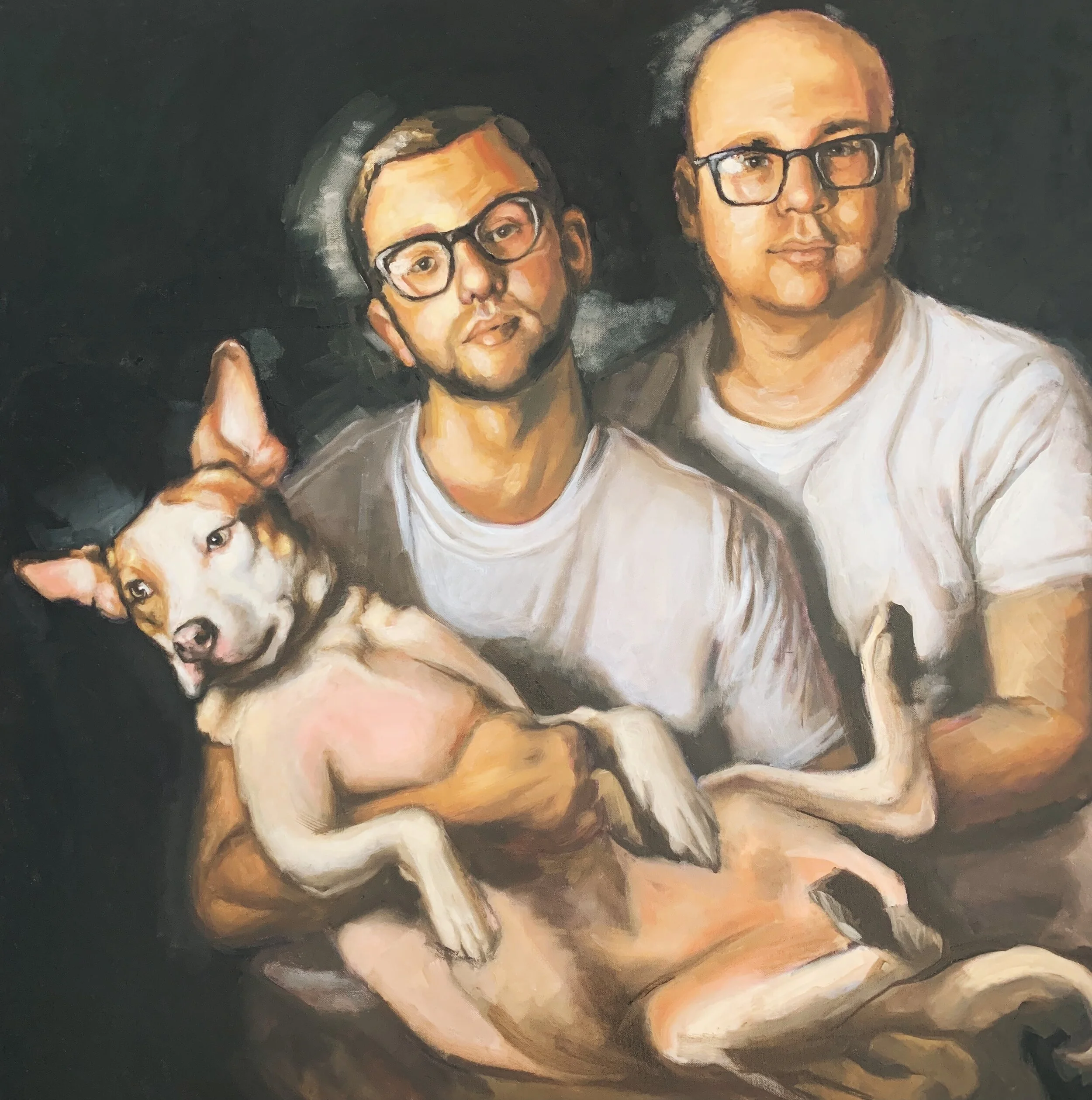International Journal of Art Therapy | 2024 | Opinion Piece
DOI: 10.1080/17454832.2023.2261542
CONTRIBUTOR: Zachary D. Van Den Berg
UNSTRUCTURED ABSTRACT: A case is made for the value of art therapy in addressing traumatic interpersonal and structural experiences of cis-heterosexist violence against lesbian, gay, bisexual, trans, queer, intersex, and asexual (LGBTQIA+) clients. The urgency of developing culturally responsive approaches to art therapy for trauma is highlighted by reviewing research on mental health among sexual and gender minorities (SGM). Interventions are investigated through intersectionality and minority stress theory to provide a preliminary overview of current research and practice-based results for art therapy. These subjective and objective interventions are divided, then related to recent literature on art therapy with LGBTQIA+ populations. Subjective interventions include critical self-reflexivity of art therapists, challenging harmful assumptions, raising awareness, externalizing and self-expression, facilitating positive identity development, supporting the coming-out process, strengthening interpersonal relationships, fostering family-of-origin and peer acceptance, and cultivating resilience and hope. Objective interventions include critically conscious studio audits, affirming media and materials, LGBTQIA+ continuing education and training, community connections and resources, organizational advocacy, workplace advocacy, and political engagement. Overall, these considerations are limited due to the lack of comprehensive and formal research on art therapy for SGM trauma experiences. Implications such as the need for further research and adaptive frameworks are discussed. Clinical recommendations and examples are presented throughout to highlight the nascent and imaginative work that art therapists have done with LGBTQIA+ clients.
PLAIN-LANGUAGE SUMMARY: Art therapy for trauma experiences with LGBTQIA+ persons must be culturally responsive to the unique needs of the community for effective and ethical services. Research has found the harmful experiences of systemic and interpersonal stigma, discrimination, and violence against sexual and gender minorities (SGM) have significant health consequences disproportionately impacting these communities. This paper uses intersectionality and minority stress theory to discuss SGM-related trauma and violence, and offers preliminary suggestions for an art therapy practice with LGBTQIA+ clients. Though subjective interventions are key to managing SGM stress, objective interventions to change harmful conditions are necessary for sustainable and effective mental health care for LGBTQIA+ people. This can be done across various intrapersonal, interpersonal, community, and structural levels of engagement. Attending to the unique aspects across these levels, art therapists can support clients in gaining greater awareness of marginalization and how to use lived experience as a guide towards identifying and embracing their values, aspirations, and queerest parts of themselves. Together, LGBTQIA+ and allied art therapists can come together in the shared pursuit of queer justice and transforming systems of marginalization, beginning within the studio by practicing affirming-care.
















